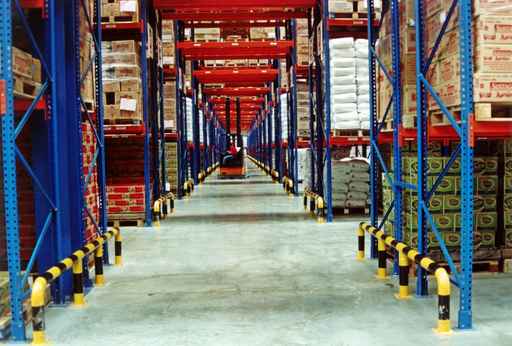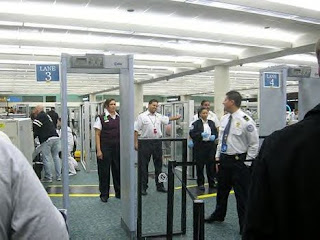Transportation
Transportation involves the movement of goods and raw materials. This includes shipment of raw materials to the manufacturer and movement of finished product to the customer. Transportation also includes the movement of parts to assembly areas as they are assembled.
Warehousing
Part of firm's logistics system that stores product (raw materials, parts, goods in process and finish goods)at and between the point of origin to the point of consumptionand provides information.
Materials Handling
Art and science of moving, storing, protecting and controlling materials.
Packaging
Provide product security transportability and storability with the added utility of serving as a medium of communication from the producer to the purchaser.
Information Flow
Deals with the flow of information between human and / or machine actors within or between any number of organizations that in turn form a value creating network.
8/29/2013
ESSENTIAL AIRLINE MARKETING STRATEGIES
8/23/2013
THE IMPACT OF SHARE SWAP BETWEEN MALAYSIA AIRLINES (MAS) AND AIR ASIA
- The cancellation of Firefly’s flight to Sarawak is a step to reduce AirAsia competitivenes level because Firefly as MAS’s subsidiary low cost carrier is a perfect competitor to AirAsia.
- This is not good for our economy, since it will reduce the income as less airlines operates.
- This share swap had been looking as a monopoly agreement of both parties. This also will cause a major impact on tourism industry of our country. Tourism industry among a major contributor for Malaysia’s GDP.
The impact to Malaysia Airlines
- MAS seemed the most suffer for this deal. At the initial of the share swap, MAS management structure has been restructure and their personnel being replaced including the Managing Director, Tengku Azmil.
- There are also changing in MAS operation, for example, MAS terminated its route to Capetown and Buenos Aires happen after the restructuring and share swap.
- For the first 4 month after the share swap shows that MAS experienced loss of RM 1.28billion for the final quarter of the year 2011 and total RM 2.5billion loss after 8 month of the deal.
- It shows that the deal is not helping the MAS to recover, instead of that MAS keep loss.
- It is also said by the former MAS managing director, that the share swap will not resolve the MAS woes. Under the deal, AirAsia will send its aircraft to MAS for maintenance, this will increase the high operating cost of MAS while it only get the less benefit from the deal comparing to what AirAsia get, it’s not shock if MAS will loss for the next financial quarter.
ISSUE IN AIR TRANSPORTATION
8/20/2013
KLIA and LCCT
8/19/2013
INNOVATION OF THE RAIL TRANSPORTATION
8/06/2013
Innovation in rail transport industry
High-speed rail

Intercity rail service by KTM has made people easy to move from one place to another.
8/05/2013
Malaysia can be logistics gateway for ASEAN














.jpg)








.jpg)




